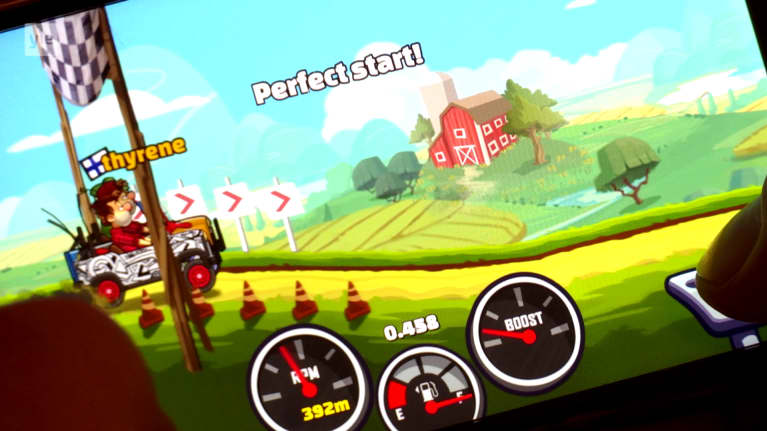Research has shown that people with autism seem to have a natural affinity for computer games and technology. Vesa Korhonen from the University of Eastern Finland has studied how methods used in games and IT can open up new possibilities for the study of autistic children.
Korhonen’s doctoral dissertation, entitled High support need and minimally verbal children with autism – exploration of technology-based research methodology and the case of attending to eyes, was examined at the Joensuu Campus of the University on Friday.
His research argues that observations of autistic children would glean a much more comprehensive understanding of their subjects’ behaviour if they would take advantage of platforms in which the children feel comfortable and show an interest: in this case, information and communications technology (ICT) and digital technologies.
Developing useful games for research
To prove his point, Korhonen developed a game to study the children’s eye movement. Researchers around the globe are routinely employing eye tracking to understand differences in social attention in children with autism and similar neurodevelopment disorders.
“For people with autism, looking into someone’s eyes is a problem or atypical. When they are playing a game, however, they seem to have no problems doing it,” he says.
In the game, the player relies on the gaze of a virtual character, which allows researchers to monitor overt behaviour, game performance and eye movements with eye-tracking glasses.
Eye movement normal during play
Contrary to expectations, it was found that participants had an above-chance level performance from the first play session and made an equal amount of correct decisions when additional guiding prompts were available. Eye-tracking data supported typical use of eye information in correct decisions.
Data about the visual attention of the children while they work provides valuable information on how to further develop learning environments for children with autism spectrum disorders.
“Research like this can help us develop a more autistic-friendly perspective that focuses on their strengths. We can observe them in their own motivating environment,” says Korhonen.
Not for everyone, however
Although Korhonen developed a computer game to assist with the research of autistic children who need high levels of support and are minimally verbal, he says games aren’t the only good option.
“Of course you have to consider each case on an individual basis. Computer games might be of interest to most autistic children, but this is not true for everyone.”
